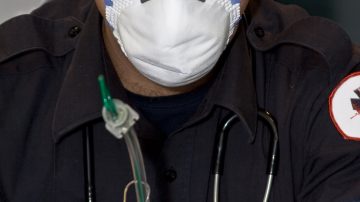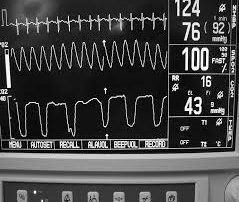More Articles – Arterial line, Cardiovascular diseases, Chest Tube, Emergency Procedures, Hematology, Medical General, medical procedures
These guidelines are for physicians who care for patients with return of spontaneous circulation (ROSC) after cardiac arrest, including emergency physicians, critical care physicians, and cardiologists These guidelines update the 2010 International Liaison Committee on Resuscitation guidelines for patients with…
Read More





